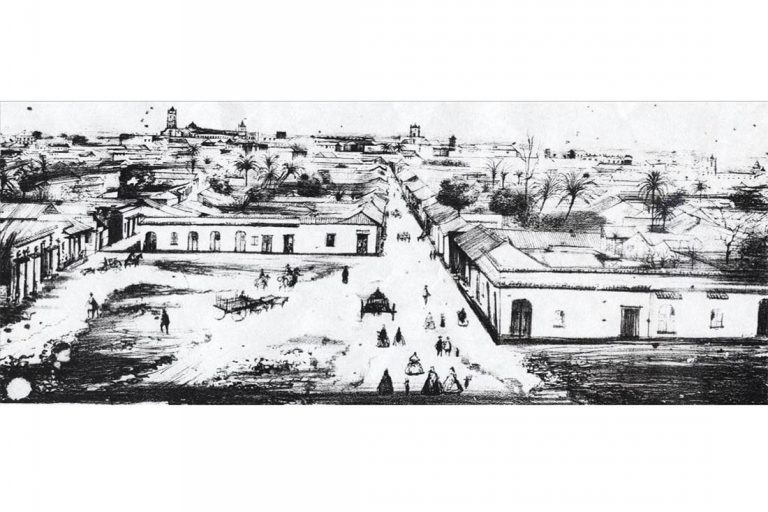The historical region of Puerto Príncipe long before the arrival of its first settlers, who we certainly call our aborigines, not “Indians”, accumulates a rich and deep history. On the other hand, the limitations of the so-called theoretical paradigms of racial and cultural superiority, it has been traditional in them to ignore and make invisible the presence of those primitive components of the Cuban regional ethnos, accused of “heretics” or “barbarians” that, wave after wave of migrants, arrived on the northern and southern coastlines of the Greater Antilles island.
So for more than 12 thousand years each integrating component of our nature; of the hitherto virginal and silent landscape of the fields; of regional urban complexes; from the set of traditions, customs and diverse mentalities; and of the cultural richness and popular religiosity; and their struggles too; of its worthy men and women; and of everything that makes the collective memory of the people grow and multiply as true sovereign; with everything and more, history grows and strengthens.
Writing history
For the first time, the Illustration of the corpus that made up the Royal Economic Society of Friends of the Country of Havana reflected its concern for the historical events of the Island. It was precisely in the Cuban 19th century when that same Illustration, by the way, had a close intellectual relationship with the “enlightened” princes, it was the same one that promoted “the creation of the History Commission in Puerto Príncipe so that the history of the Island is written and collect the news and materials that may be useful in the different archives (…)
That was revolutionarynew, not yet revolutionary, the latter would come after reading and knowing more about the “deep Cuba”, although the revolutionary priest Félix Varela had already spread a new thought before, that included such enlightening and mobilizing concepts, such as that of the people (leading figure), and others to illuminate the mentalities of the Creoles.
Thus, the request from the higher government of the island was received in the princely city hall to create a commission made up of notable and knowledgeable people responsible for preparing a first history text, which could be said “local.”
It was not possible to continue to silence a great region of great events and of such transcendence any longer. To comply with the demand, the council appointed the intellectuals and lawyers José de la Cruz and Manuel Castellanos y Mojarrita and Manuel de Jesús Arango y Ramírez to undertake the not inconsiderable opportunity to make the important work.
The text would fit in a situation of reaffirmation of the regional creole roots, as the value of primitive works such as The First Officials of the Town of Puerto Príncipe by Canon José Marty Abadía, and History of Puerto Príncipe by Matías Boza Bergara was underlined.
The new very modest work, like many things in Camagüey, would be entitled Notes for the History of the Always Faithful, Very Noble and Very Loyal City of Santa María del Puerto del Príncipe, which would be led in its investigation and writing by the lawyer Manuel de Jesús Arango and Ramírez, a text published by the Printing House of the Royal Treasury of Havana, in 1844.
The value of the historical piece
It should be noted that at the time Arango Ramírez delves into the history of his native land at that point in time, he was already a consummate conspirator for the independence of Cuba for which he had enrolled, since 1821, in the directive of the secret organization Cadena Triangular of Puerto Principe, twinned with Soles and Rayos de Bolívar.
This single detail leads us by the hand to take a look at the few-page brochure to try to discover between the lines the scope that its Creole author proposed for, like Varela himself, from whom he read his works, to lead the mentalities towards the reaffirmation of the Cubanness and with it freedom and full emancipation of the our homeland.
Translated by: Aileen Álvarez García






